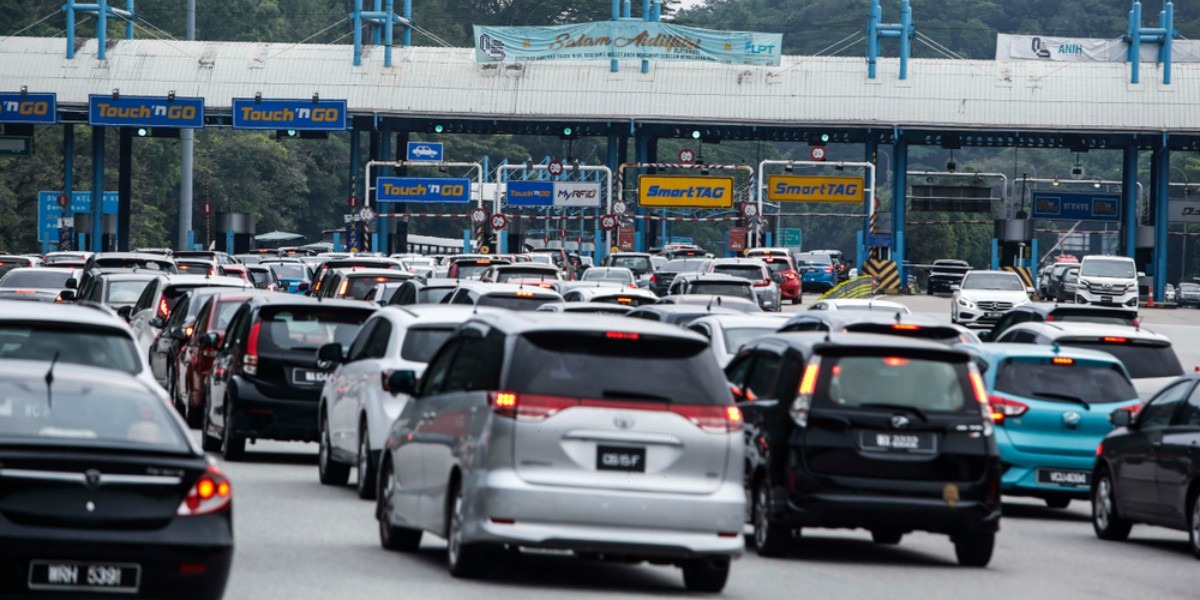Malaysian banks exposed to major sources of GHG emissions risk, says new RFI study
Malaysia’s conventional and Islamic banks as well as the overall financial sector have exposure to major sources of greenhouse gas through the financing of four sectors that account for 83% of their direct emissions exposure, according to a new study.
The RFI Foundation’s “Identifying the Climate Risks Facing Malaysia's Financial System” report released on Monday (Nov 2) identifies the climate-related financial risks facing Malaysia's banking system and capital markets as a result of the greenhouse gas (GHG) emissions that result from activities financed in the economy.
The report presents a detailed top-down quantitative analysis to understand the sources – from bank financing and capital markets – of financing for the GHG emitted by both direct producers and households, according to Blake Goud, CEO of the RFI Foundation.
The study aims to show an estimate of how to allocate GHG emissions to the sources of financing behind it that would be affected as the costs of those emissions become internalized, said Goud.
This research is part of a series that will be conducted by RFI on Indonesia, UAE, Saudi Arabia, Bangladesh and Turkey over the next year.
By raising awareness of the various climate risks in the financial system, the study can help financial institutions, including Islamic banks, to improve their ability to address material ESG issues, Goud explained.
“These efforts will help the Malaysian finance industry better manage its climate-related risks and support achievement of the Paris Agreement targets,” he said.
“By understanding the climate risks, this will help stakeholders including policymakers and regulators to introduce policies which contribute to a low carbon economy.”
|
Key takeaways from RFI’s report:
|
EXISTING EFFORTS
Various organisations have provided research on climate issues and Islamic finance.
Among these are the Council of Islamic Banks and Financial Institutions (CIBAFI) which released its briefing “Climate Change and its Implications for the Financial Industry” in September.
Others like the UKIFC and Al Baraka Banking Group have conducted research and devised strategies to help converge Islamic finance and the UN’s Sustainable Development Goals (SDGs) that includes climate issues.
Goud argued that whilst there have been efforts by various organisations to analyse GHG and financing activities there isn’t detailed research particularly on Organisation of Islamic Cooperation (OIC) countries or which specifically break out the role of Islamic financial institutions.
"With this research, we want to demonstrate the importance of understanding the contours of climate-related financial risks in OIC markets with a large Islamic finance,” he said.
METHODOLOGY AND LIMITATIONS IN RESEARCH
RFI’s methodology uses the analytical method P9XCA that was developed in 2011 by Antoine Rose from the Paris-based Sustainability Chair for Crédit Agricole CIB and piloted with several banks by ADEME, the French Agency for Ecological Transition.
Goud said that data availability is a key challenge and RFI’s top-down analysis starts to fill the gaps with an order of magnitude quantification and mapping of GHG emissions.
“The banks have to take the next steps in following up with more detailed bottoms-up analysis on their financing assets, increase their disclosure to follow national guidance and lead by doing on reporting in line with the Task Force on Climate-related Financial Disclosures’ recommendations,” Goud explained. “[And] then they need to develop new financing/investment policies to manage the risks they identify in their balance sheets.”
“Better data is a first step, but there's much more to do beyond that and the launch of the report kicks will kick off that process,” added Goud.
“We don't see releasing the top-down estimate as the conclusion of this research process. There is more engagement needed, by RFI and others, to make sure banks and other financial institutions see and address these risks.”
(Reporting by Hassan Jivraj; Editing by Emmy Abdul Alim emmy.abdulalim@salaamgateway.com)
© SalaamGateway.com 2020 All Rights Reserved
